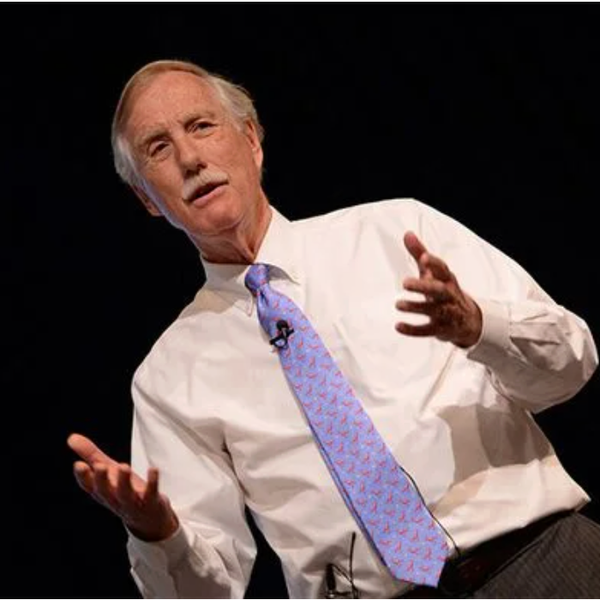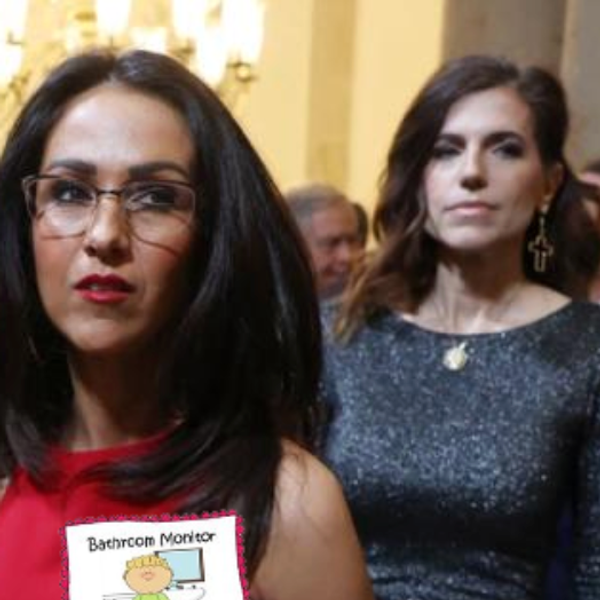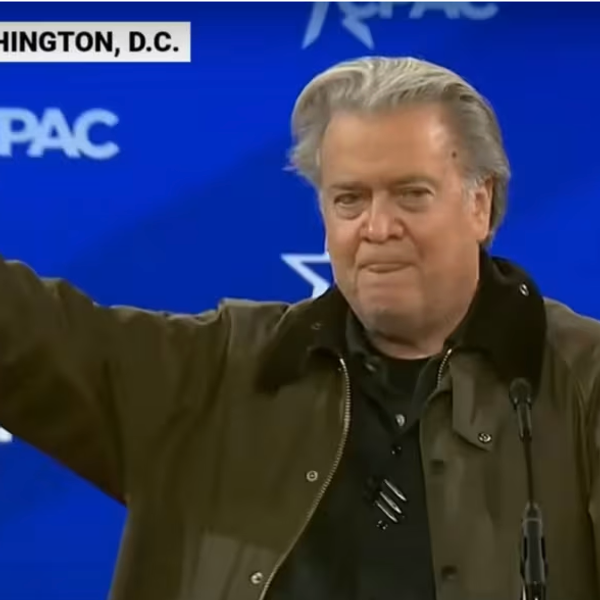As part of the series “A Rooseveltian Second-Term Agenda,” suggestions for how President Obama can get serious about combating poverty.
Hurricane Sandy’s violence was a tragic reminder of some important truths in American life: climate change matters, government matters, and caring for the vulnerable—those severely afflicted by circumstances beyond their control —not only matters, it is the essence of who we are as a people. Today, our country’s vulnerable include the 46 million people—nearly 1 in 6—who live in poverty, and 16 million of those are children. This deprivation is particularly grievous in context: earnings for the wealthiest continued to grow last year, while income for the rest stagnated or fell. These levels of poverty and inequality are not only unconscionable, they threaten our economic security. When it comes to fighting poverty, what do we make of the Obama team’s record and, more importantly, what should be its priorities for the next four years?
The Poverty of the Debate on Poverty
Poverty’s notable absence during the campaign season disappointed and galvanized many progressives who hoped to insert the issue into the election platform and political debates. Those concerns echoed earlier remonstrations that the president had failed to address poverty over the last four years with the passion or federal muscle promised in his 2008 campaign. “Barack Obama can barely bring himself to say the word ‘poor,’ Bob Herbert wrote this spring in The Grio. Paul Tough, Herbert’s public conscience heir at The New York Times, explains the political conundrum behind the administration’s focus on the economic woes of a broader set of struggling Americans rather than on the poorest per se: “how do you persuade voters to devote tax dollars to help the truly disadvantaged when the middle class is feeling disadvantaged itself?”
While we may long for the soaring rhetoric of 2008, the fact is these broad-based policies have worked. They have not eradicated poverty, but many important domestic programs—the stimulus, in particular, which included new and expanded tax credits, enhanced unemployment insurance, and increased eligibility for food stamps—kept an estimated seven million out of poverty and cushioned against even greater hardship for more than 30 million people already below the federal threshold. Not to mention that health care reform extended coverage to tens of millions of uninsured Americans (in part by expanding access to Medicaid). The federal poverty measure does not take into account non-cash transfers, including food stamps, housing subsidies, and health care benefits like Medicare and Medicaid. When these are factored in, it appears as though poverty has not increased under Obama’s tenure.
Pivot from Defense to Offense
When it comes to a new kind of war on poverty, the Obama administration must recognize that it now has the freedom—and, arguably, an electoral mandate—to address need in this country in ways that serve the struggling middle class and target programs and policies to help the poor. This is not an either/or proposition. And of course job creation is the primary lever: there is no better way to help all Americans in the next four years and beyond.
In terms of programs to address persistent poverty, however, Obama’s second-term agenda must pivot from defense to offense, graduating from “could have been worse” blood staunching to an even greater commitment both to long-term investments in human capital and interim supports that shield children and families from some of the most severe privations of life in poverty. Here are three places to begin:
(1) Redouble investment in comprehensive and community-wide approaches to fighting poverty. Tough laments that, while in 2008 Obama called for “billions” for programs like Promise Neighborhoods that are modeled on Harlem Children’s Zone’s and provide a broad swath of interventions for poor children and their families, the administration to date has spent just $100 million on pilot programs in 37 communities across 18 states. Ongoing and expanded support for these kinds of holistic programs in cities across the country would make for a sound investment in human potential, using federal structure and funds to support local and community generated solutions.
(2) Commit more fully to investments in high-quality early childhood education and childcare, which yield substantial returns in the school success and life prospects of low-income children and their working parents. This means expanded tax credits and other financial supports for families paying for childcare. It also means increased funds for proven programs like Head Start and Early Head Start, particularly when state governments across the country, with budgets in crises, have been forced to cut Pre-K programs. Head Start and Early Head Start are chronically underfunded and therefore do not reach many eligible families.
(3) Reform welfare reform, so that it provides real “safety” for poor families in tough economic times. Although it has long been touted as a success of the Clinton administration, the 1996 welfare reform, which devolved much of TANF to the states and linked cash assistance to stringent work requirements, was structurally flawed. First, it was not indexed for inflation (and is funded at its 1996 level). Second, as a block grant it leaves poor people dependent on (now) cash-strapped states for support. Third, the original work requirements were predicated on the existence of work, not on the stubbornly high unemployment rates of this recession. The federal government must reclaim a greater role in the redesign and provision of temporary assistance for needy families to help keep them out of extreme poverty in the way it has done with other critical strands of the safety net like food stamps and unemployment insurance.
With this second term, the Obama administration has the chance to broaden opportunity and to make vital advances in the fight against poverty.
Georgia Levenson Keohane is a Fellow at the Roosevelt Institute.
Cross-posted from The Roosevelt Institute’s Next New Deal blog
The Roosevelt Institute is a non-profit organization devoted to carrying forward the legacy and values of Franklin and Eleanor Roosevelt.








